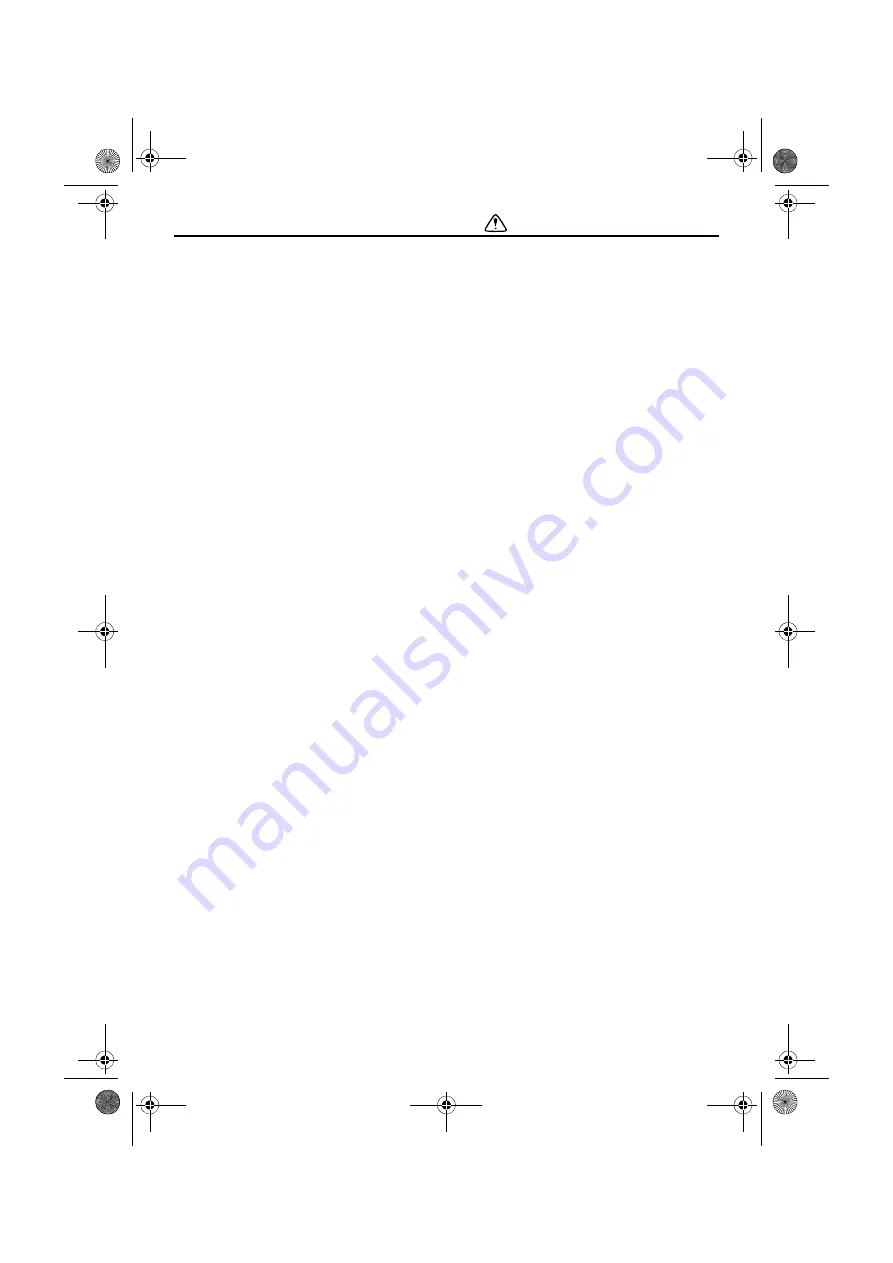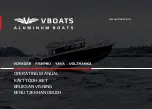
Safety information
19
Other special situations
There are three other rules you should be
aware of when operating your boat around
other vessels.
Narrow channels and bends
When navigating in narrow channels, you
should keep to the right when it is safe and
practical to do so. If the operator of a power-
driven vessel is preparing to go around a
bend that may obstruct the view of other water
vessels, the operator should sound a pro-
longed blast of four to six seconds on the
horn. If another vessel is around the bend, it
too should sound the horn. Even if no reply is
heard, however, the vessel should still pro-
ceed around the bend with caution.
Fishing vessel right-of-way
All vessels fishing with nets, lines, or trawls
are considered to be “fishing vessels” under
the International Rules. Vessels with trolling
lines are not considered fishing vessels. Fish-
ing vessels have the right-of-way regardless
of position. Fishing vessels cannot, however,
impede the passage of other vessels in nar-
row channels.
Sailing vessel right-of-way
Sailing vessels should normally be given the
right-of-way. The exceptions to this are:
(1) When the sailing vessel is overtaking the
power-driven vessel, the power-driven
vessel has the right-of-way.
(2) Sailing vessels should keep clear of any
fishing vessel.
(3) In a narrow channel, a sailing vessel
should not hamper the safe passage of a
power-driven vessel that can navigate
only in such a channel.
Reading buoys and other markers
The waters of the United States are marked
for safe navigation by the lateral system of
buoyage. Simply put, buoys and markers
have an arrangement of shapes, colors, num-
bers, and lights to show which side of the
buoy a boater should pass on when navigat-
ing in a particular direction. The markings on
these buoys are oriented from the perspective
of being entered from seaward (the boater is
going towards the harbor). Red buoys are
passed on your starboard (right) side when
proceeding from open water into port, and
black buoys are to your port (left) side. An
easy way to remember the meaning of the
colors is the phrase “red right returning.”
When navigating out of the harbor, your posi-
tion with respect to the buoys should be re-
versed; red buoys should be to port and black
buoys to starboard.
Many bodies of water used by boaters are en-
tirely within the boundaries of a particular
state. The Uniform State Waterway Marking
System has been devised for these waters.
SportsBoat_F3M11.book Page 19 Wednesday, June 1, 2016 3:42 PM
















































